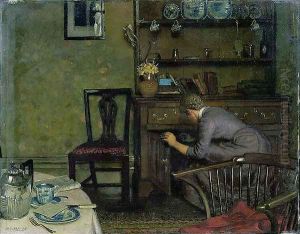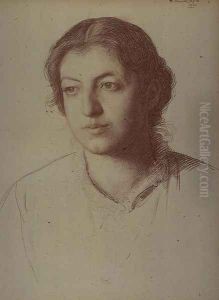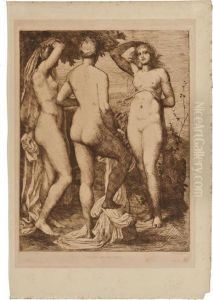Joseph Benwell Clark Paintings
Joseph Benwell Clark was a British artist known for his detailed and expressive illustrations and paintings, mostly focusing on Orientalist themes. Born in 1834, Clark's artistic journey began in an era when the British Empire was at its zenith, and there was a burgeoning interest in the cultures and peoples of the Middle East and Asia among European audiences. This fascination with the 'Orient' was reflected in the art of the period, and Clark's work is a prime example of this trend.
Clark's artistic education and early career are not extensively documented, but it is evident from his body of work that he possessed a keen eye for detail and a deep appreciation for the cultures he portrayed. Unlike many of his contemporaries who never visited the lands they depicted, Clark spent considerable time traveling in the Middle East and North Africa. These journeys provided him with authentic insights and experiences, which he skillfully translated into his art. His works often featured scenes of daily life, landscapes, and architectural wonders of the region, rendered with a degree of accuracy and empathy that was uncommon at the time.
Throughout his career, Clark exhibited at prestigious venues such as the Royal Academy in London, further cementing his reputation as a skilled artist. His illustrations also appeared in various publications, helping to disseminate his visions of the Orient to a broader audience. Despite the popularity of Orientalist art during his lifetime, Clark managed to stand out due to his genuine engagement with his subjects and his ability to capture the essence of the cultures he explored.
Joseph Benwell Clark passed away in 1915, leaving behind a legacy that offers valuable insights into the Orientalist movement and the ways in which Eastern cultures were perceived and depicted in Victorian England. His work continues to be appreciated for its artistic merit and as a historical record of a bygone era when the East fascinated the West and artists like Clark served as cultural intermediaries through their evocative renderings.


